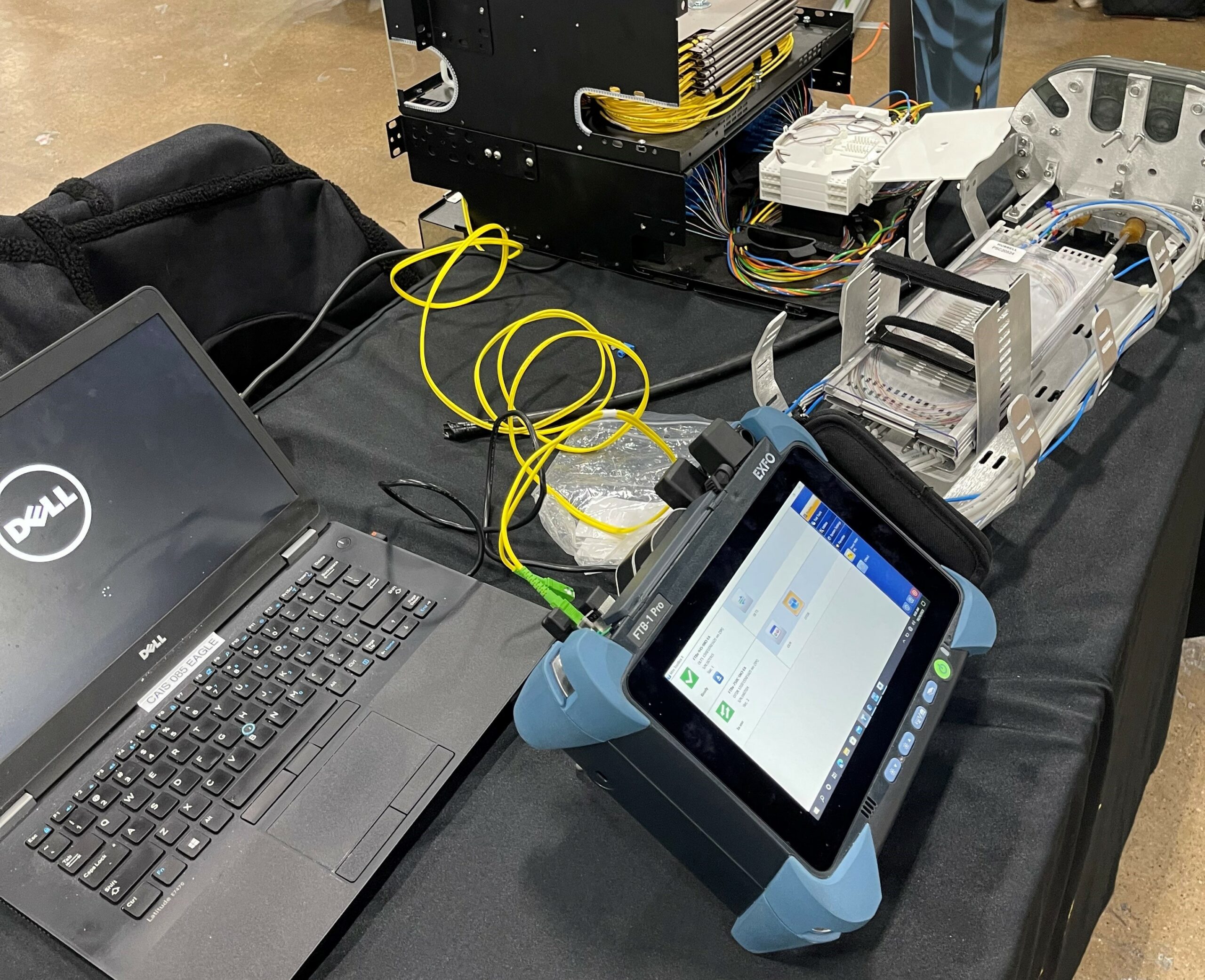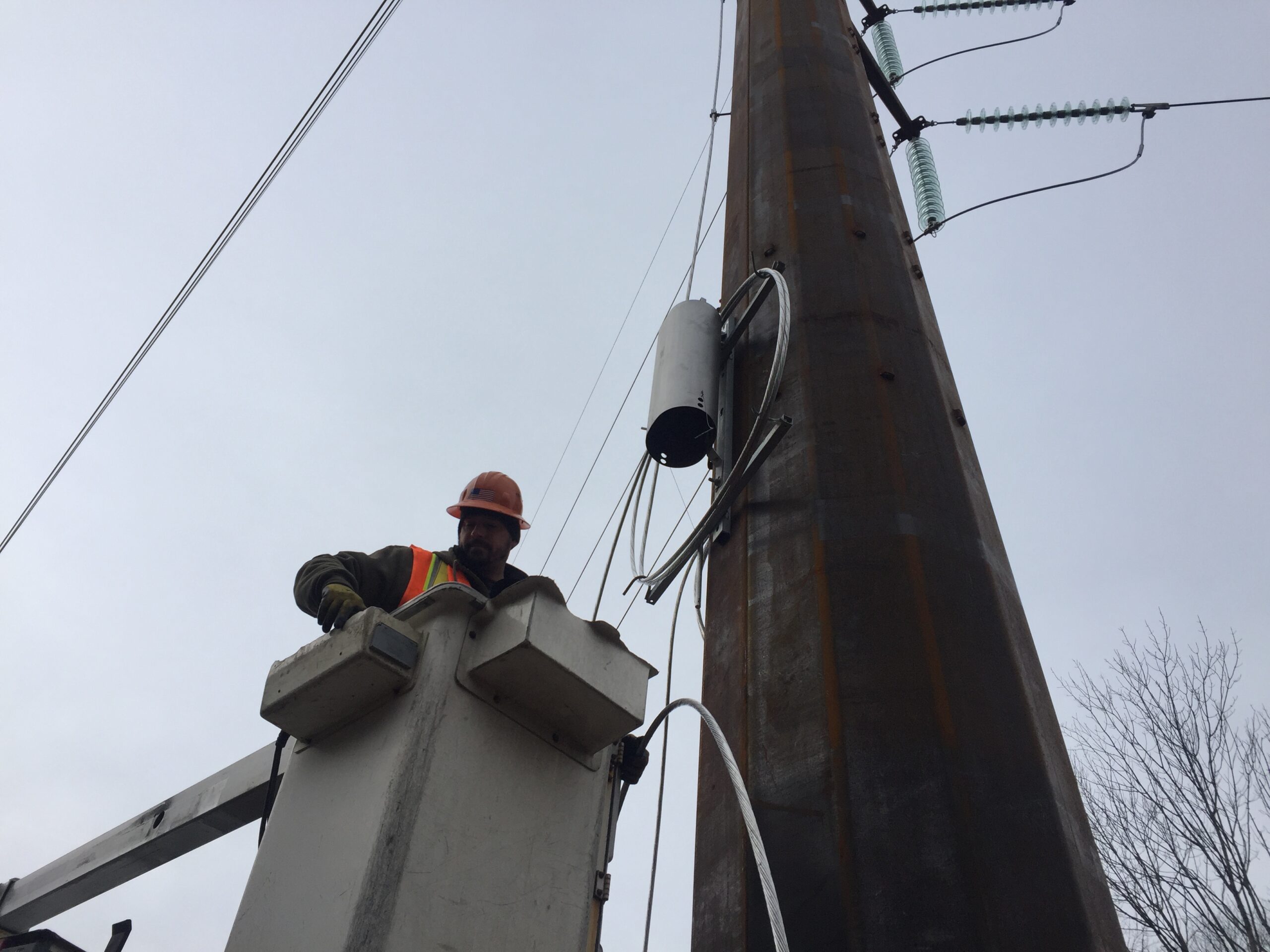Whether you’re laying asphalt under the blazing sun or working near ovens in a warehouse, heat-related illness is a serious workplace hazard. Every year, thousands of workers get sick from heat exposure on the job, that is why heat safety is important.
Who’s at Risk?
Heat hazards exist in many industries including:
Outdoor Work:
- Construction
- Landscaping
- Agriculture
- Oil and gas operations
- Mail and package delivery
Indoor Work:
- Manufacturing
- Warehouses
- Boiler rooms
- Fire service
Heat-related illness can strike at any time of the year, not just during heat waves. It happens anytime the body can’t cool itself down fast enough.
Understanding Heat Illness
The body needs time to adjust to working in heat, a process known as heat acclimatization. Most outdoor fatalities happen in the first few days on the job because workers aren’t acclimated. Risk factors include:
- Heavy physical activity
- High air temperatures
- Inadequate hydration
- Protective clothing that traps heat
- Pre-existing health conditions
Preventing Heat-Related Illness
A good prevention plan includes planning, supervision, engineering controls and worker training. Here are some important prevention steps:
- Start slow: shorter shifts and light workloads for new workers
- Hydration: encourage regular water and electrolyte drink breaks
- Rest breaks: frequency breaks in shaded or cool areas
- Engineering controls: use fans, ventilation, or AC when possible
- Training: teach workers and supervisors to recognize and respond to heat illness symptoms
Keep Your Crew Cool and Safe
Employers have a responsibility to keep workers safe from heat hazards. A well-done heat illness prevention program protects your workers.
For more tools, training and guidance on heat safety, visit this page: Heat - Overview: Working in Outdoor and Indoor Heat Environments | Occupational Safety and Health Administration



